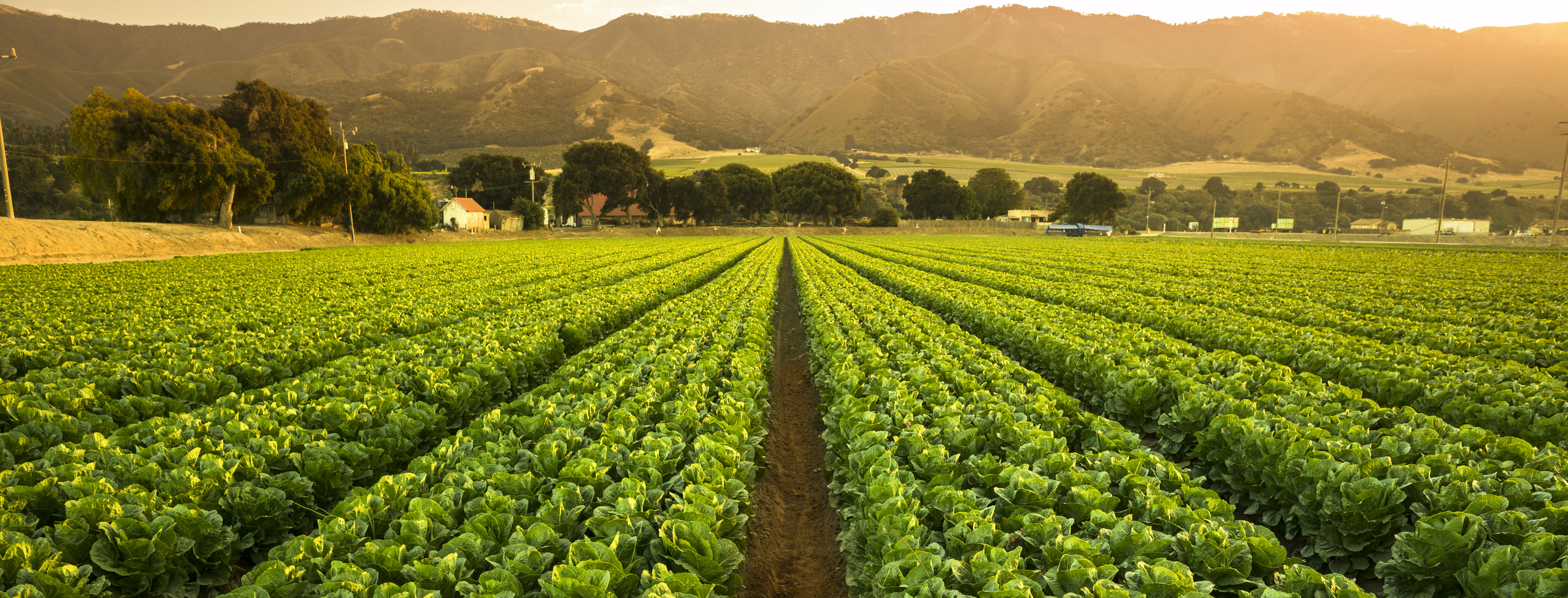Whether you’re preparing to lease out your land or lease someone else’s land, it’s important to understand what you’re about to sign in a farmland lease agreement.
As the land owner
First, as a land owner it’s important to understand that farmland lease agreements are not one-size-fits-all. Every property is different and therefore requires different leases.
Start by ensuring you have outlined a clear and specific description of how the tenant is planning to use the land. For example, will it be used for crops? What about livestock? This will determine what type of management plans may be necessary. The use of the land might require a manure management plan, a nutrient management plan or an erosion and sediment plan. This should all be determined at the onset of the leasing agreement.
Additionally, as a land owner you should include:
- An obligation that the tenant use best management practices for soil conservation
- An indemnification clause that if anyone is injured or property damaged due to the negligence of the tenant, the tenant will be responsible
- A late fee for overdue rent and when it will be charged; this is particularly important in farmland lease agreements because often rent is only paid twice a year, around April and November
As the tenant
As the tenant, it’s important to do your due diligence in checking up on the property before you enter a farmland lease agreement. For example, if you’re planning to plant crops, what was the prior use of the land? What types of crops, if any, were planted there before?
It’s also important to discuss with the land owner issues of insurance, maintenance and subleasing.
For example:
- If you’re planning to hire workers, it is your responsibility as the tenant to ensure you have adequate insurance to cover any worker who may become injured.
- If you’re planning to invite the public onto the property (for example, for pick-your-own crops), you will be responsible for additional liability insurance.
- If there is fencing on the property, it should be clearly detailed in the agreement who is responsible for maintaining and repairing the fence.
- If you are planning on subleasing the property, you should have written permission from the land owner to do so.
- If the land owner has leased out hunting rights to someone else (orally or in writing), it should be detailed within your agreement.
In the best interest of the tenant and the land owner, no two farmland lease agreements should be the same as no two properties are the same. To make sure the lease is in your best interest, contact Stock and Leader’s Agriculture team today.
